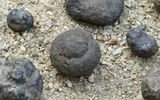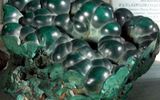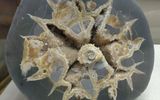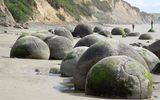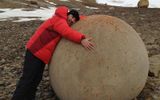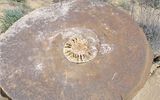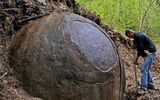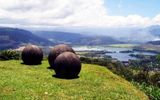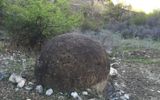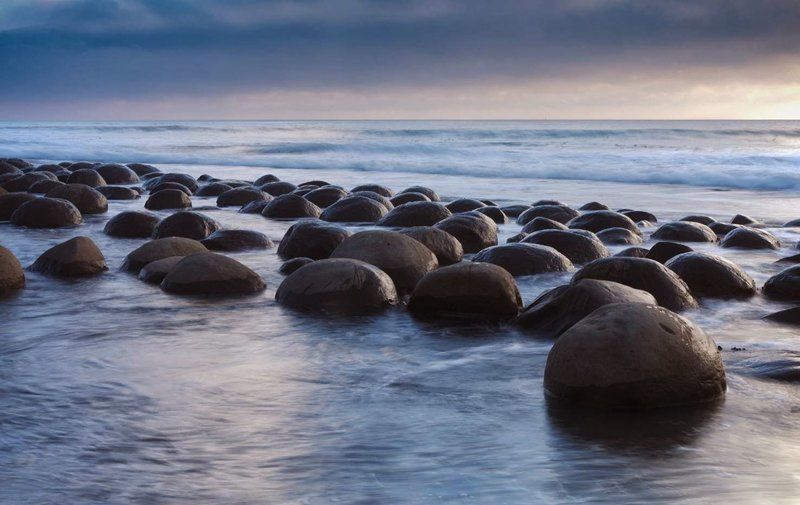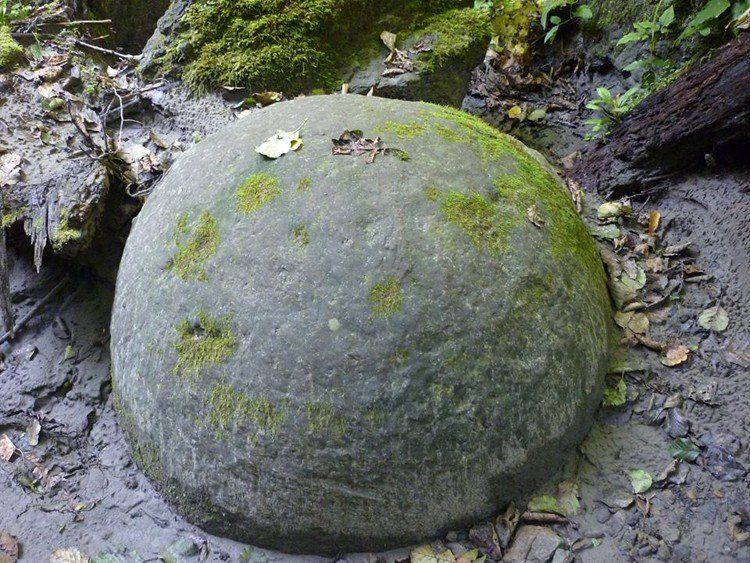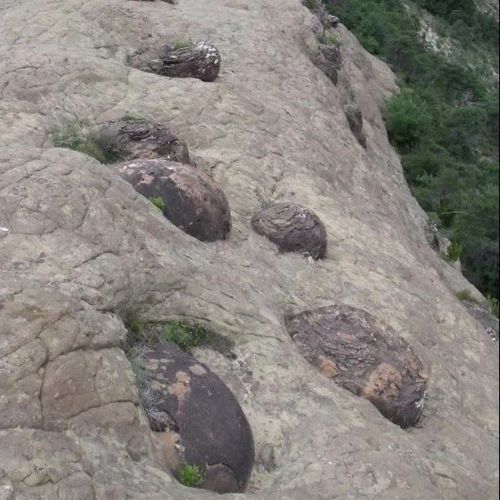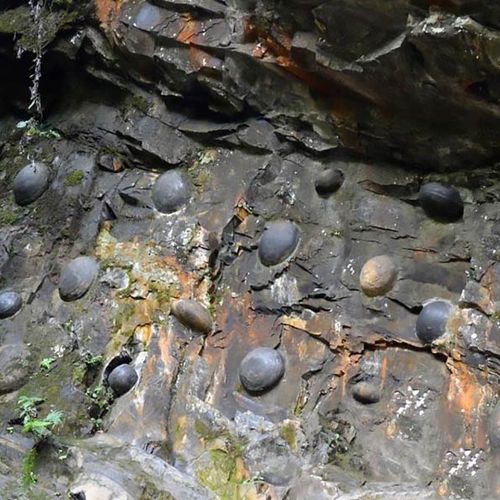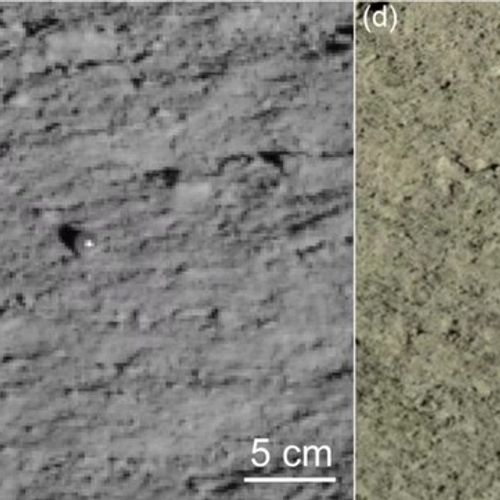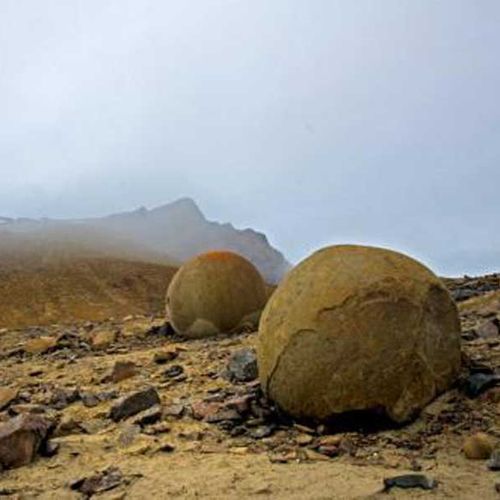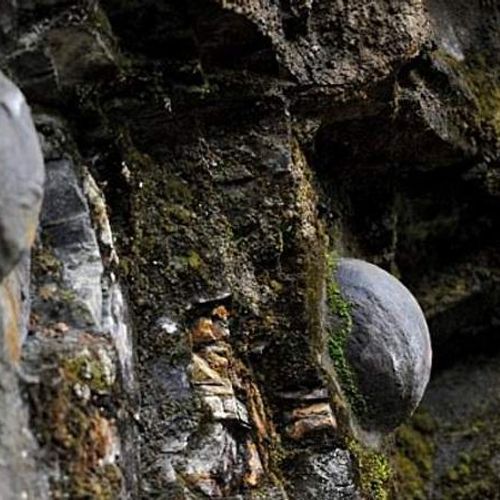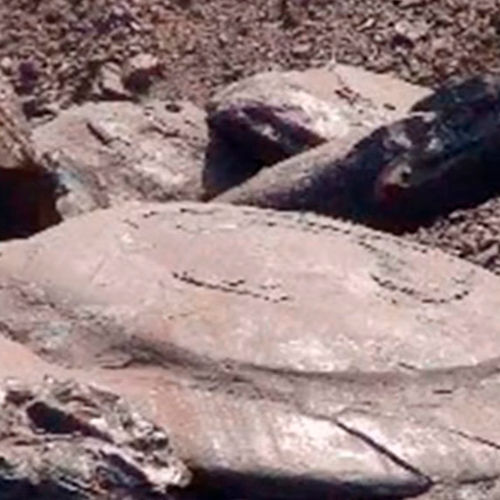
| Added | Sun, 01/07/2018 |
| Источники | |
| Дата публикации | Sat, 30/06/2018
|
| Версии |
What is there on our planet - wonder, wonder and wonder. Here's another thing you've probably heard, to be seen. but many don't know. Nodules - small mineral bodies of rounded shape of different outlines.
The formation of nodules occurs either as a result of diffusion of the contraction of chemicals to intensify this process the seed with the formation in marine sediment colloidal protocoltrace and its subsequent crystallization, or by the growth of mineral aggregates around the nucleus-"the seed."
Such primers, initiating around the deposition of a mineral that can serve as organic debris, carbonaceous substance or accumulation of minerals of a different composition, and around the core is the collective crystallization.
Nodules of the tenth — natural mineral formations (concretions) ellipsoidal or spherical shape with a size from 1 mm to 3 cm. Occur mainly in sedimentary rocks, sometimes composing entire series.
Widely known accumulations bobbin oxides of iron, aluminum, manganese (eg legumes ore). Nodules of the tenth in size from hundredths of mm to 1-2 milimetre constitute a class of microconcrete and have the following morphological types: oody (ovoide), globules, concretions, oolites, and bobepine larger than 3 cm, having a concentric structure, called pisolite.
Spherical carbonate nodules is surprising objects rounded shape, sometimes reaching a gigantic size (over two meters in diameter) Despite the fact that their almost perfect form suggests some ancient civilizations, these nodules are quite common natural objects.
Body nodules may be composed of different minerals known, for example, silica, pyrite, phosphorite nodules. Widespread carbonate nodules. The process of formation of such concretions is due to diffusion and other fast reactions involving organic solvents and other components of the pore water (water in the not yet fossilized sediment) occurring simultaneously with the deposition of the substance on the seabed (i.e. syngenetically).
The most famous giant concretions Moeraki Boulders (New Zealand). The diameter of the Moeraki boulders from 0.5 to 2.2 meters. Some of them are in the sea, others on land, some stone spheres collapsed over the years.
Some boulders have a smooth surface, others have it rough with different patterns. Scientific studies have shown that the Moeraki boulders started forming on the seabed in the Paleocene of the Cenozoic era, that is a 65.5 — 56 million years ago.
Previously it was thought that the formation of each of the Moeraki boulders left of 4-5. 5 million years, but today scientists say that the spherical concretions are formed very quickly — from several months to several years. Even for the formation of giant nodules require no more than a few decades. Such a rapid formation mechanism explains why some nodules contain inside of well-preserved fossils of soft tissue organisms that are rarely preserved in other conditions.
Sometimes nodules contain within itself a cavity, the walls of which are encrusted with calcite, pyrite, quartz, chalcedony. Scientists suggest that the concretions were formed in those early days when the site of the modern valleys were waterways. The grain or core of the ball is formed from the remains of small organisms living in the water. Confirmation of this can serve the fact that, considering the breed inside the ball, you can see the preserved ancient prints of insects, shells and fish.
A ball was formed on the principle of the snowball: tiny core was covered with a thick layer of sand and clay. Size of balls varies from small specimens, and the diameter of which is equal to a meter or more.
Ball found in Bosnia Favorable conditions for the formation of nodules are determined by the following factors:
1) the presence of local accumulations of fresh organic matter on the sea floor.
2) sufficiently high velocities of sedimentation mostly thin, clay-aleuritic silts;
3) lack of intensive mixing, preventing the preservation of soft tissues of organisms, which can grow the concretion.
Mysterious balls of limestone, Sandstone or gabbro have different size, some of them are only about an inch in diameter, others up to two meters in cross section and weigh over 15 tons.
Translated by «Yandex.Translator»
Новости со схожими версиями
Log in or register to post comments

